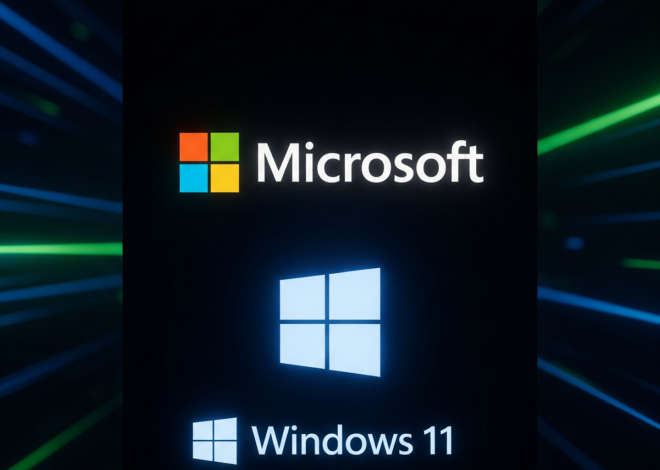Chainlink’s New Frontier: The Chainlink Runtime Environment
Chainlink, the leading oracle provider in the blockchain space, has taken a significant leap forward with the introduction of the “Chainlink Runtime Environment” (CRE). This innovative framework is set to bridge the gap between traditional financial systems and modern blockchain technology, creating a unified ecosystem that promises to streamline and revolutionize financial transactions.
Unifying Traditional Finance with Blockchain
The CRE framework is built on the foundation of the Common Business-Oriented Language (COBOL) standard, a programming language that has facilitated approximately 95% of all ATM transactions since its inception in 1959. By integrating COBOL’s established runtime framework, Chainlink aims to leverage decades of financial infrastructure to bring traditional finance on-chain.
In addition to COBOL, the CRE will supersede the Java Runtime Environment (JRE), a critical architecture developed in the 1990s that has been instrumental in the growth of online banking. The integration of these robust systems into the CRE framework is designed to abstract away the complexities of numerous unique financial systems, thereby providing a streamlined and efficient user experience.
Enhancing Privacy and Security
One of the standout features of the CRE is its emphasis on privacy. Chainlink has introduced several privacy-enhancing tools, such as the Blockchain Privacy Manager and the Chainlink Cross-Chain Interoperability Protocol (CCIP) Private Transactions option. These tools are crucial for enterprise-grade blockchain solutions, enabling businesses to transact securely without exposing sensitive information or trade secrets on highly transparent public networks.
Chainlink’s Broader Vision
Chainlink’s vision extends beyond just integrating traditional finance with blockchain. The company is actively working on combining oracles and artificial intelligence to create real-time, tamper-proof records of corporate actions, such as proof-of-reserves. This integration aims to provide crucial corporate data on-chain, enhancing transparency and trust in financial operations.
Moreover, Chainlink’s efforts to bring traditional finance on-chain were highlighted at the SWIFT International Banking Operations Seminar (SIBOS) in October 2024. There, Chainlink revealed an integration with the SWIFT interbank messaging protocol, enabling traditional financial institutions to interact with blockchain systems using SWIFT messages. This development marks a significant step towards mainstream adoption of blockchain technology in traditional finance.
Successful Pilot Programs
In November 2024, Chainlink concluded a successful pilot program with SWIFT and Swiss banking giant UBS. The program tested tokenized fund settlements between parties, demonstrating the potential for legacy financial systems to interact seamlessly with the digital economy without the need for cryptocurrencies. This pilot program underscores Chainlink’s commitment to creating practical and scalable blockchain solutions for traditional financial institutions.
Conclusion
The introduction of the Chainlink Runtime Environment marks a pivotal moment in the evolution of financial technology. By unifying traditional financial systems with blockchain protocols, Chainlink is not only enhancing the efficiency and security of financial transactions but also paving the way for broader adoption of blockchain technology in mainstream finance. As Chainlink continues to innovate and integrate, the future of finance looks increasingly interconnected and decentralized.
For more insights and updates on the latest developments in the blockchain world, stay tuned to CryptoNewsFocus.com.


